Hire Reliable Mold Testing Services in Staten Island, NY
Understanding Mold and Its Risks
Mold is a common issue in many homes, often thriving in damp or humid conditions. Being aware of the various types of mold and their potential risks is crucial for maintaining a healthy living environment.
Common Types of Mold Found in Homes
- Aspergillus: Found in damp areas, can lead to respiratory issues.
- Cladosporium: Grows on textiles and wood surfaces, associated with allergies.
- Stachybotrys (Black Mold): Often found in water-damaged areas; linked to severe health problems.
Health Issues Linked to Mold Exposure
Exposure to mold can result in several health problems, including:
- Respiratory Problems: Coughing, wheezing, and difficulty breathing.
- Allergies: Symptoms such as sneezing, runny nose, and skin irritation.
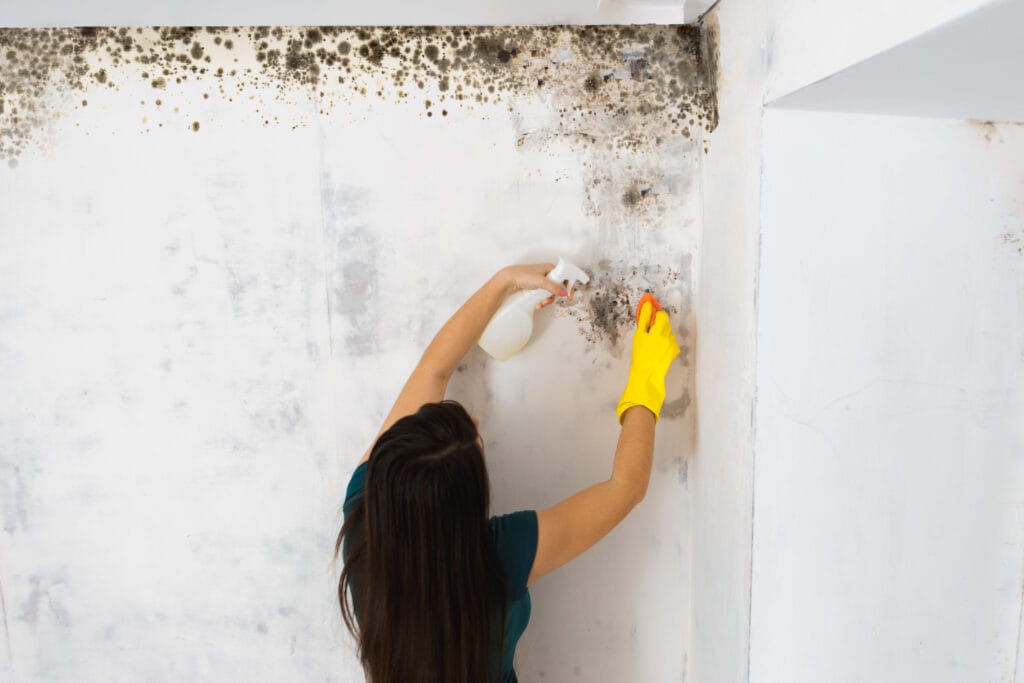
Importance of Maintaining Good Indoor Air Quality
Maintaining good indoor air quality is vital for overall health. Poor air quality can exacerbate existing health issues and create new ones. Regular monitoring and prompt mold testing can help ensure your home remains a safe haven. Prioritizing air quality contributes significantly to your well-being.
Why Hire Professional Mold Testing Services?
When faced with potential mold issues, opting for professional mold testing can make a significant difference. Here’s why hiring professional mold inspectors is essential:
Benefits of Hiring Professionals vs. DIY Approaches
- DIY methods often lack the accuracy and thoroughness needed to properly assess a mold problem.
- Professionals use specialized tools that provide precise measurements, ensuring no hidden mold goes undetected.
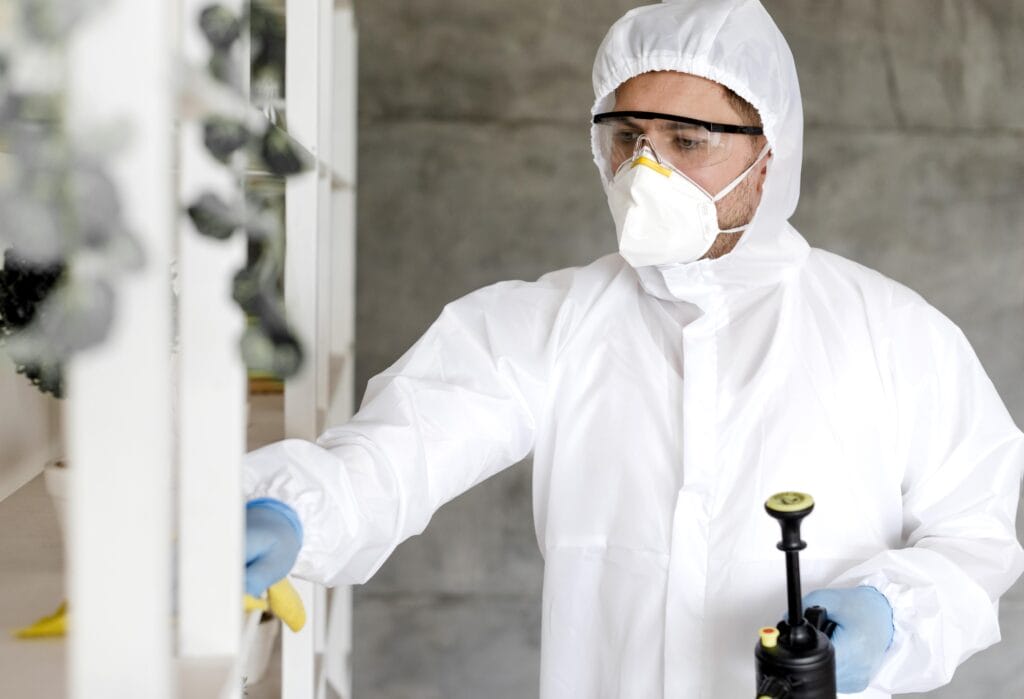
Expertise and Experience of Certified Inspectors
- Certified inspectors possess extensive training in identifying various types of mold and understanding their implications.
- Their experience allows them to recognize subtle signs of moisture that an untrained eye may overlook.
Assurance of Accurate Results and Comprehensive Reporting
- Hiring professionals guarantees detailed reports that include visual inspection findings, lab results, and suggested remediation protocols.
- These reports are crucial for making informed decisions regarding your property’s health.
Investing in professional services ensures not only accurate identification but also peace of mind, knowing your home is free from harmful mold.
The Mold Inspection Process
The mold inspection process is crucial in identifying and addressing mold issues effectively. This comprehensive approach typically includes several key components, with visual inspection being one of the most vital elements.
Air Pro Clean Air

Satisfaction Guaranteed

24/7 Service

Your Safety is Our Top Priority
Visual Inspection
A thorough visual inspection forms the foundation of any mold testing in Staten Island, NY. The inspector meticulously examines various areas within your property to detect signs of moisture and potential mold growth. This step is not merely a cursory glance but involves a detailed examination of:
- Walls and ceilings: Look for discoloration, stains, or bubbling paint which can indicate hidden moisture.
- Floors and carpets: Check for dampness or musty odors that may suggest mold presence beneath surfaces.
- Basements and crawl spaces: These areas are often prone to moisture accumulation, making them hotspots for mold growth.
- HVAC systems: Inspect air ducts and filters for mold spores that can circulate throughout your home.
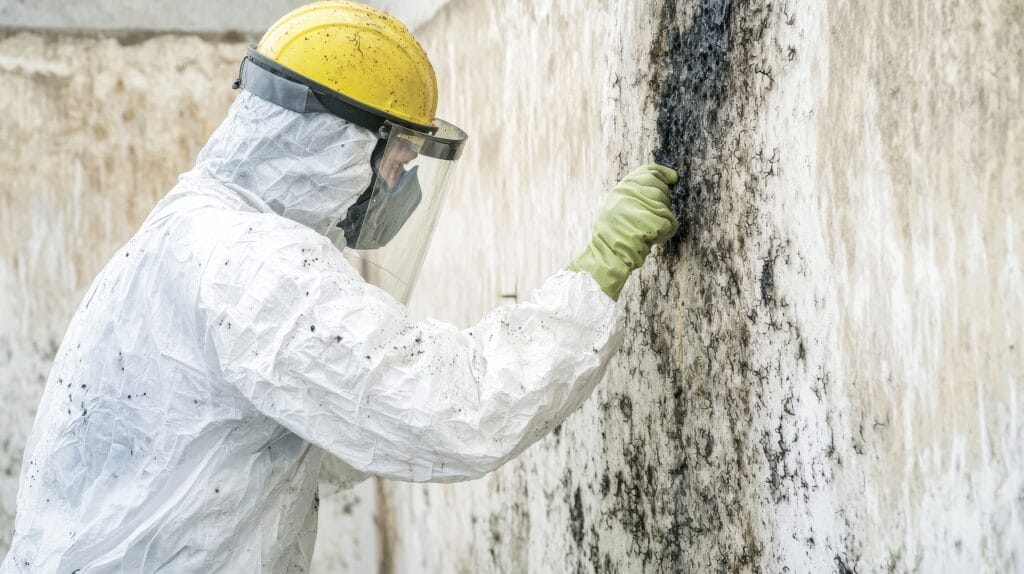
Identifying signs of moisture is essential for determining where mold might thrive. Some common indicators include:
- Water stains or leaks
- High humidity levels
- Condensation on windows or walls
- Visible mold growth on surfaces
Professional inspectors utilize their expertise to pinpoint these problem areas accurately. They take into account the building’s structure, age, and history of water intrusion when assessing risk factors. A well-conducted visual inspection will not only reveal existing problems but also help predict future risks.
Following the visual inspection, findings will be compiled into a detailed mold inspection report. This document outlines all observed issues and serves as a baseline for further testing if necessary.
By integrating advanced tools such as moisture detection devices, inspectors can provide even more precise assessments of humidity levels in critical areas. Identifying hidden sources of moisture becomes more manageable with these technologies.
Air Sampling Techniques
Air sampling is a critical component of the mold inspection process. It helps assess the indoor air quality and identifies the presence of mold spores in your environment.
Methods for Air Sampling
- Control Sample: Taken from an unaffected area to establish baseline spore levels.
- Area of Concern Sample: Collected from locations suspected of mold growth to compare against the control.
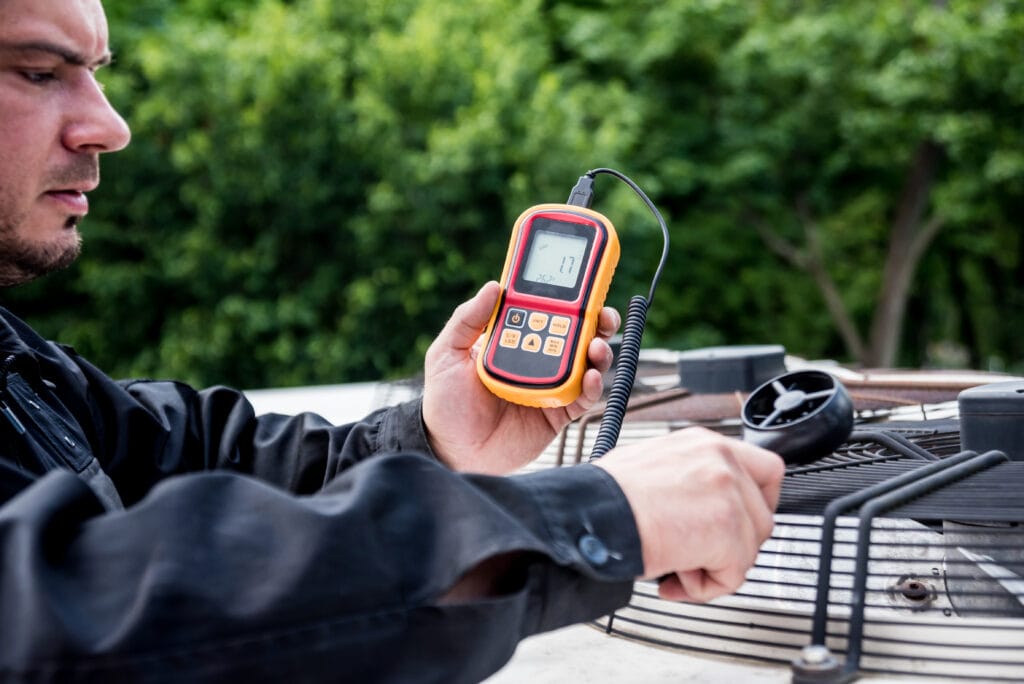
Understanding these samples allows you to pinpoint contamination sources effectively. After collection, samples are sent to a certified laboratory for analysis.
Interpreting Lab Results
- Assessing lab results provides insight into air quality and potential health risks associated with mold exposure.
- Reports typically include spore counts, types of mold identified, and recommendations for remediation if necessary.
The findings will be included in your comprehensive mold inspection report, ensuring you have a clear picture of your indoor environment.
Moisture Detection Technologies
Understanding moisture detection technologies is crucial in the mold inspection process. Two primary tools used in this area are moisture meters and thermal imaging cameras.
1. Moisture Meters
These devices measure the moisture content in various materials, such as drywall and wood. By inserting probes into surfaces or using non-invasive methods, these meters can identify damp areas that may indicate potential mold growth.
2. Thermal Imaging
This technology detects temperature variations on surfaces. It helps locate hidden moisture sources behind walls or ceilings, which might not be visible during a standard visual inspection. Areas with elevated temperatures often correlate with moisture accumulation, signaling possible mold growth hotspots.
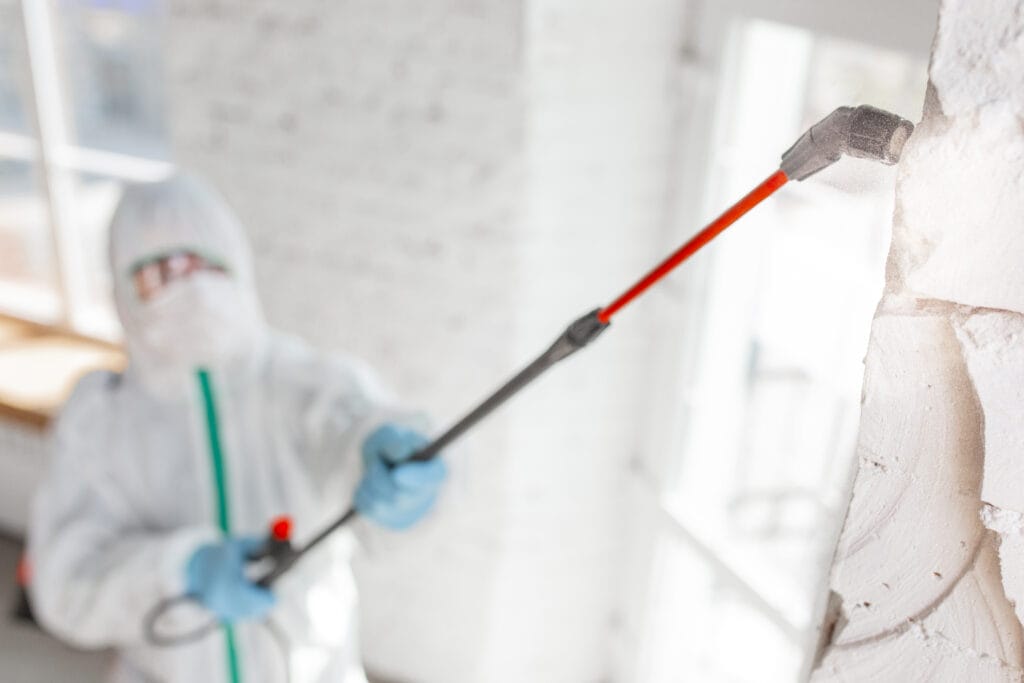
Comprehensive Mold Evaluation Report
A thorough mold evaluation report is crucial for understanding the extent of mold issues within your property. This report typically includes several key elements:
- Visual Inspection Findings: Detailed observations from the inspector regarding visible signs of mold, moisture sources, and conditions that may contribute to mold growth.
- Lab Results: Analytical data from air samples or swab tests. These results reveal the types and concentrations of mold spores present in the environment.
Based on these findings, remediation protocols are suggested to effectively address any identified mold problems. Common recommendations may include:
- Containment Measures: Suggested steps to prevent mold spores from spreading during remediation.
- Specific Cleaning Techniques: Guidelines for removing affected materials and surfaces safely.
- Humidity Control Solutions: Suggestions for dehumidifiers or ventilation improvements to maintain optimal indoor air quality.
This comprehensive approach ensures you receive targeted advice tailored to your specific situation. Understanding these details empowers you to make informed decisions about how to proceed with remediation efforts.
Finding Reliable Mold Testing Services in Staten Island
When you need to find mold testing services in Staten Island, it’s essential to choose a reputable service provider. Consider the following tips:
- Check Credentials: Confirm that the company has certified inspectors. Look for industry certifications such as IICRC or AIHA.
- Read Reviews: Customer feedback can reveal a lot about the company’s reliability and service quality. Look for patterns in reviews that highlight strengths or weaknesses.
- Ask About Experience: Inquire how long the company has been in business and their experience with mold-related issues.
Before hiring a mold inspector, consider these critical questions:
- What methods do you use for testing? Understand whether they utilize air sampling, surface sampling, or both.
- Will I receive a detailed evaluation report? Ensure the report includes findings from visual inspections and lab results.
- Do you provide post-inspection support? Check if they offer guidance on remediation or any follow-up consultations.
Choosing the right mold testing service ensures accurate results and effective solutions to your mold problems.
Common Signs of Mold Presence
Identifying mold in your home early can prevent extensive damage and health issues. Awareness of mold stains detection and other indicators is crucial.
Visual Indicators
- Stains on Walls and Ceilings: Dark spots or discoloration on surfaces often signal mold growth. These stains can vary in color from black to green, depending on the type of mold.
- Peeling or Bubbling Paint: If paint appears to be lifting, this may indicate moisture buildup behind the surface, creating a conducive environment for mold.
Unusual Odors
- Musty Smells: A strong, earthy odor often accompanies hidden mold growth. This smell is usually more noticeable in areas with poor ventilation, such as basements or bathrooms.
- Persistent Odors After Cleaning: If cleaning doesn’t eliminate the musty scent, it’s likely that mold resides out of sight.
Recognizing these signs of mold growth can prompt timely Mold Testing in Staten Island, NY, ensuring you address potential problems before they escalate. Regular inspections and vigilance support a healthier living environment.
Preventing Future Mold Growth
Preventing mold growth is essential for maintaining a healthy indoor environment. Homeowners can take several proactive steps to reduce moisture buildup, which is the primary contributor to mold development. Consider the following strategies:
1. Proper Ventilation
Ensure that all areas of your home, especially bathrooms and kitchens, are well-ventilated. Use exhaust fans or open windows to promote airflow, reducing humidity levels.
2. Humidity Control
Aim to keep indoor humidity levels between 30% and 50%. You can use dehumidifiers in damp areas like basements or attics to help manage humidity effectively.
3. Regular Inspections
Conduct routine checks around your home for any signs of leaks or water damage. Early detection can prevent small issues from escalating into larger mold problems.
4. Maintenance
Keep gutters clean and ensure downspouts direct water away from the foundation. Repair any roof leaks promptly to avoid moisture accumulation.
By implementing these methods, you create an environment less conducive to mold growth. Maintaining an awareness of your home’s condition plays a crucial role in preventing future issues related to mold exposure.
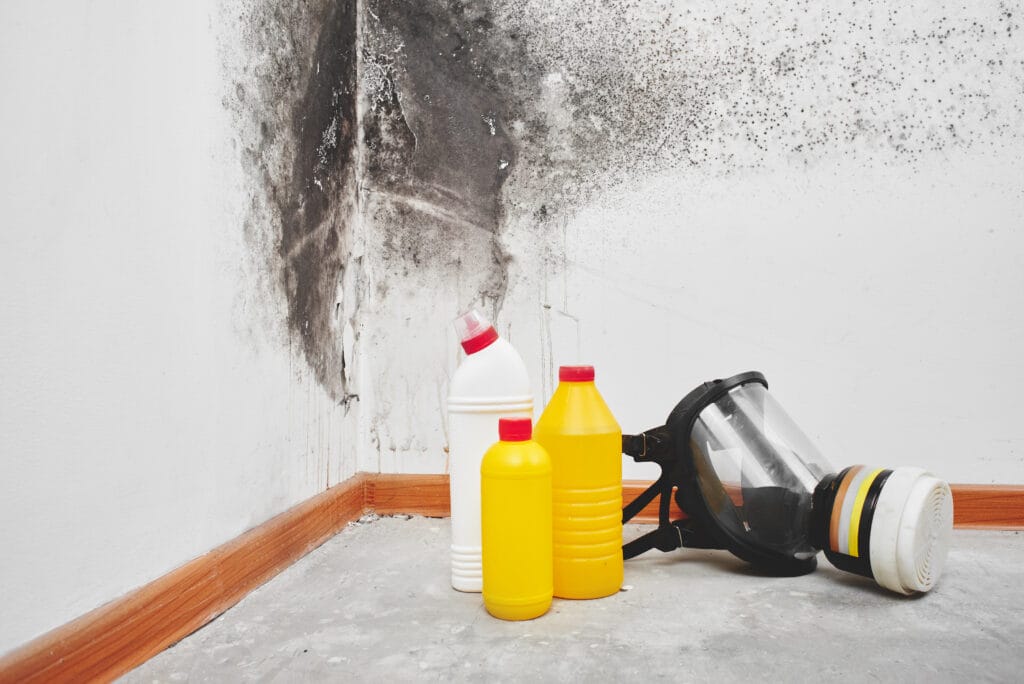
Why Choose All Pro Clean Air?
When it comes to ensuring a mold-free environment, you need a trusted partner. All Pro Clean Air stands out as the go-to choice for expert services in Mold Testing in Staten Island, NY.
- Experienced Professionals: Our team is equipped with the knowledge and tools necessary to accurately identify mold issues.
- Comprehensive Reporting: Receive detailed findings and actionable steps tailored to your situation.
- Commitment to Quality: We prioritize your health and safety through rigorous testing and inspection methods.
Don’t wait for mold to compromise your indoor air quality. Contact All Pro Clean Air today and hire reliable mold testing services you can count on.
FAQs (Frequently Asked Questions)
What health problems are associated with mold exposure?
Mold exposure can lead to various health issues, particularly respiratory problems and allergies. Individuals may experience symptoms such as coughing, sneezing, and difficulty breathing, especially those with pre-existing conditions like asthma.
Why should I hire professional mold testing services instead of doing it myself?
Hiring professional mold inspectors offers several benefits over DIY approaches. Professionals possess the expertise and experience necessary to accurately identify mold issues and provide comprehensive reports. They use specialized tools and techniques for effective inspection and testing.
What does the mold inspection process entail?
The mold inspection process includes a thorough visual inspection for signs of moisture and potential mold growth areas, moisture detection using tools like moisture meters and thermal imaging, air sampling for quality assessment, and generating a detailed inspection report.
How can I identify signs of mold presence in my home?
Common signs of mold presence include visible stains on walls and ceilings, unusual odors, and damp spots. Regular inspections can help detect these indicators early, preventing further mold growth.
What steps can I take to prevent future mold growth in my home?
To prevent future mold growth, homeowners should ensure proper ventilation, control humidity levels, and conduct regular inspections and maintenance. Addressing moisture buildup is key to avoiding mold issues.
How do I find reliable mold testing services in Staten Island?
To find reputable mold testing services in Staten Island, look for certified professionals with positive reviews. It’s important to ask questions about their experience, methods used for testing, and what you can expect from the inspection report.
